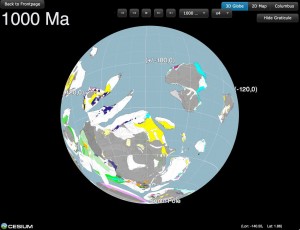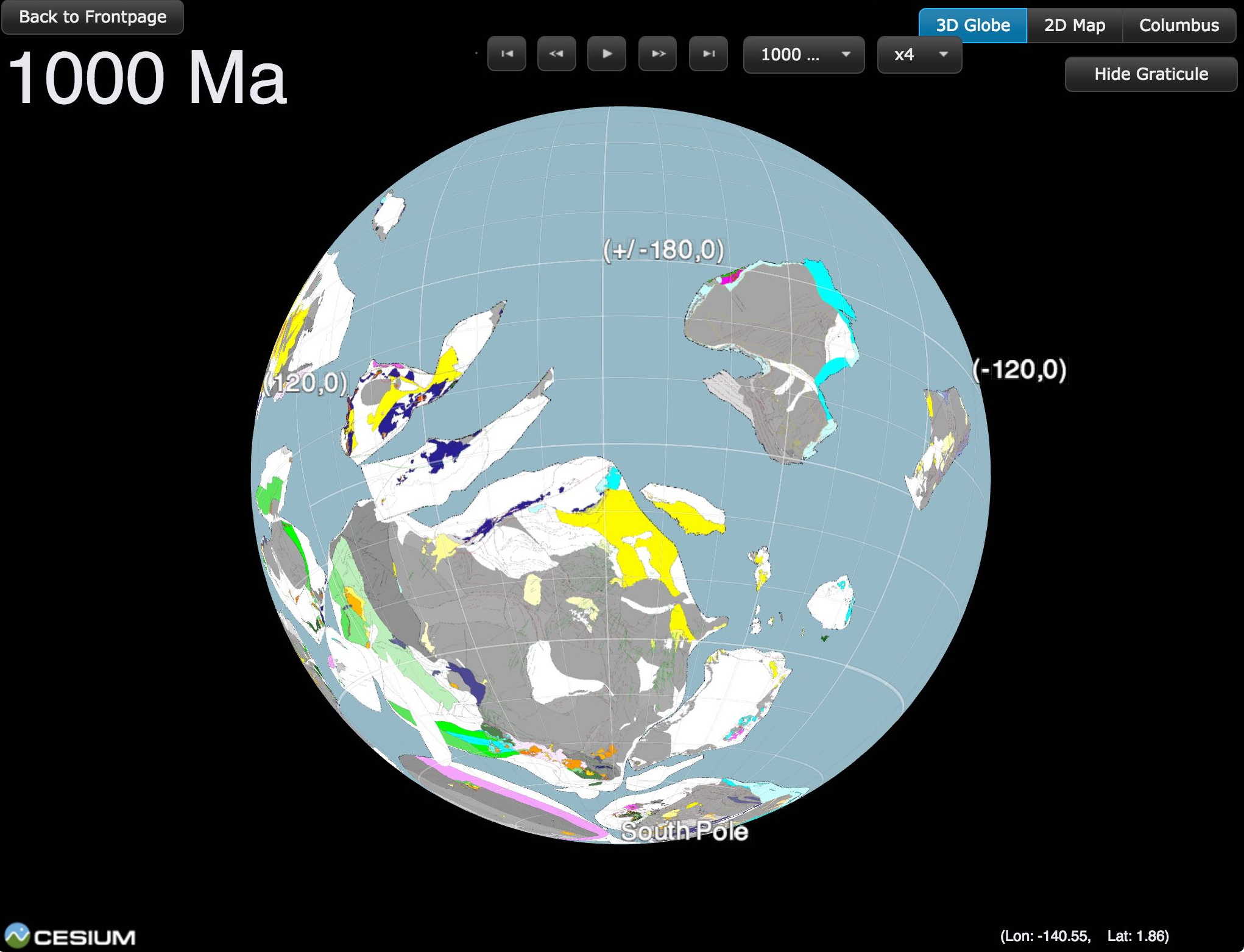 Time machine: History and current advances in reconstructing the Earth through deep geological time – an article on Quartz by Steve LeVine. The article is a review of the development of ideas and technologies in reconstructing the Earth through deep time, aimed at understanding supercontinent assembly, breakup and dispersal, starting with Alfred Wegener. The article focusses on research activities in the context of the IGCP 648 project ‘Supercontinent Cycles and Global Geodynamics‘ led by Zheng-Xiang Li. The piece provides some historical context, and highlights the work of a number of leading scientists, postdoctoral researchers and PhD students currently involved in this work.
Time machine: History and current advances in reconstructing the Earth through deep geological time – an article on Quartz by Steve LeVine. The article is a review of the development of ideas and technologies in reconstructing the Earth through deep time, aimed at understanding supercontinent assembly, breakup and dispersal, starting with Alfred Wegener. The article focusses on research activities in the context of the IGCP 648 project ‘Supercontinent Cycles and Global Geodynamics‘ led by Zheng-Xiang Li. The piece provides some historical context, and highlights the work of a number of leading scientists, postdoctoral researchers and PhD students currently involved in this work.
It starts with some of the early work of Chris Scotese’s Paleomap Project, who can be seen here explaining how plate reconstructions were made in 1993 using high-speed vector graphic computer workstations built by Evans and Sutherland. The experience with this early plate reconstruction technology when Dietmar Müller was a graduate student, first at the University of Texas at Austin, working with Scotese, and later at Scripps, led to the current GPlates software, which makes it possible to produce interactive plate tectonic reconstructions and animations on desktop and laptop computers. The review highlights the current collaborative effort to develop new approaches and “big data analysis” technologies to generate reconstructions of planet Earth that obey the “rules of tectonics and geodynamics”, assimilate a variety of geological and geophysical data and cover several supercontinent cycles – this may be called a “plate tectonic time machine”.
![]()

